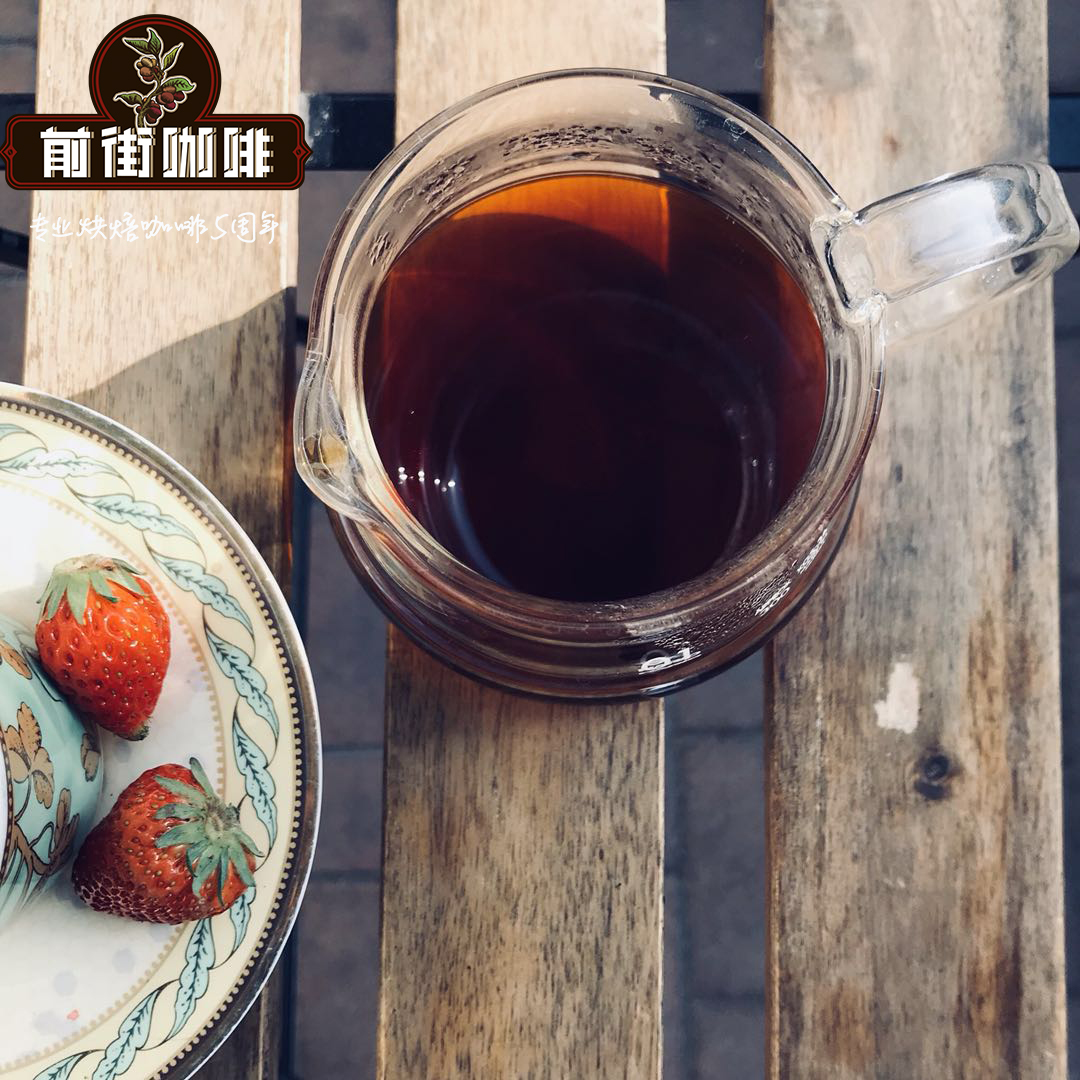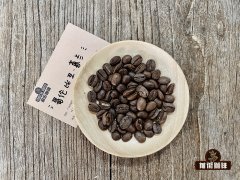Characteristics of Bolivian boutique coffee beans Santa Cruz Manor Java Coffee
Bolivian coffee
When it comes to boutique coffee in Bolivia, it is necessary to mention the Caranavi producing area of Yungas, as well as the soul Pedro Roderiguez. Pedro has been growing coffee in Bolivia for 30 years, and it can be said that it has witnessed the precarious prosperity of Bolivian coffee cultivation / export, while still guarding the original intention. In the past, Pedro is committed to the cooperation of small farmers to guarantee preferential and high prices, supplemented by strict quality control and guidance for small farmers.
Characteristics of Santa Cruz producing area
As we all know, fine coffee attaches great importance to the altitude of planting, but at the same time, the producing areas with high latitudes can make up for and add to the height. For example, 1600m above sea level near the equator is a completely different concept from the pico Nanguo of Guatemala (about 15 degrees north latitude). Taiwan straddles the Tropic of Cancer, which is located at the northernmost end of the coffee growing belt. If the altitude reaches 1000m, it is a great elevation. This is the reason. Santa Cruz has a full latitude of 18 degrees, and it is planted in the virgin forest mountains of 1500m-1750m, which is really a very advantageous condition. Take a look at the map, for example, the Huila producing area of Colombia is about 2 degrees, and the southernmost tip of Guerulu is farther north than Santa Cruz. The location of Pedro has an added advantage here. Since the latitude is two degrees higher than that of Karana and the production season is usually nearly a month later, it is more convenient to take into account both farm management and busy harvest operations. The latitude of Karanabi is about 16 degrees south, while that of Santa Cruz is 18 degrees south, which is nearly two degrees lower than that of Santa Cruz. We believe that the quality of this area has the potential to surpass that of Karanabi.

Samapata Java species from Santa Cruz, Bolivia
Bolivia Santa Cruz Samaipata Java
■ country Bolivia (Bolivia)
■ producing area Santa Cruz (Santa Cruz)
Samapata (Samaipata)
■ 1600 meters above sea level +
■ variety Java (Java)
■ annual rainfall 1200 mm
■ cherry harvest all red cherry 22Brix
■ producer Roderiguez family
■ GPS S18 °10 & # 39 * * 29 "W63 °46 & # 39 * * 10"
Washing and insolation by ■ treatment
Flavor essay (solarization batch)
Raw beans have the sweet smell of cantaloupe. The dry aromas are strawberry, blueberry, grape and peach aromas, while sipping is still dominated by blueberries, peaches and grapes, with elegant floral and soft fruit wine aromas.
Flavor essay (washing batch)
Dry aromas of citrus, orange peel, lime, white peach and frangipani. When sipping, you can feel the citrus flavors such as lime, grapefruit, grapefruit and orange peel, with elegant aromas of orange blossoms, green tea and caramel at the end.
Important Notice :
前街咖啡 FrontStreet Coffee has moved to new addredd:
FrontStreet Coffee Address: 315,Donghua East Road,GuangZhou
Tel:020 38364473
- Prev

Characteristics of Costa Rican Black Pearl Coffee Lajas processing Plant about Coffee Cherry Fruit
About Costa Rica's coffee about Costa Rica has a history of more than 200 years. It is not only an important basis for the country's economy and people's livelihood, but also an indispensable role in the global coffee history. In the past decade, it has become popular all over the world as a micro-processing farm. In this small Central American country, it has created thousands of positions because of its special geographical environment.
- Next

Colombian Coffee Bean background Coffee Bean producing area Flavor Hope Manor Award record
Colombian coffee background coffee was introduced into Colombia at the end of the 18th century and was developed for commercial operation in the 20th century. There are more than half a million coffee farms in Colombia (mostly on a small scale). The Andes provide a variety of microclimates that are conducive to the development of boutique coffee, but the terrain also limits the size of the farms. The steep mountain is not good for machine farming.
Related
- Beginners will see the "Coffee pull flower" guide!
- What is the difference between ice blog purified milk and ordinary milk coffee?
- Why is the Philippines the largest producer of crops in Liberia?
- For coffee extraction, should the fine powder be retained?
- How does extracted espresso fill pressed powder? How much strength does it take to press the powder?
- How to make jasmine cold extract coffee? Is the jasmine + latte good?
- Will this little toy really make the coffee taste better? How does Lily Drip affect coffee extraction?
- Will the action of slapping the filter cup also affect coffee extraction?
- What's the difference between powder-to-water ratio and powder-to-liquid ratio?
- What is the Ethiopian local species? What does it have to do with Heirloom native species?

